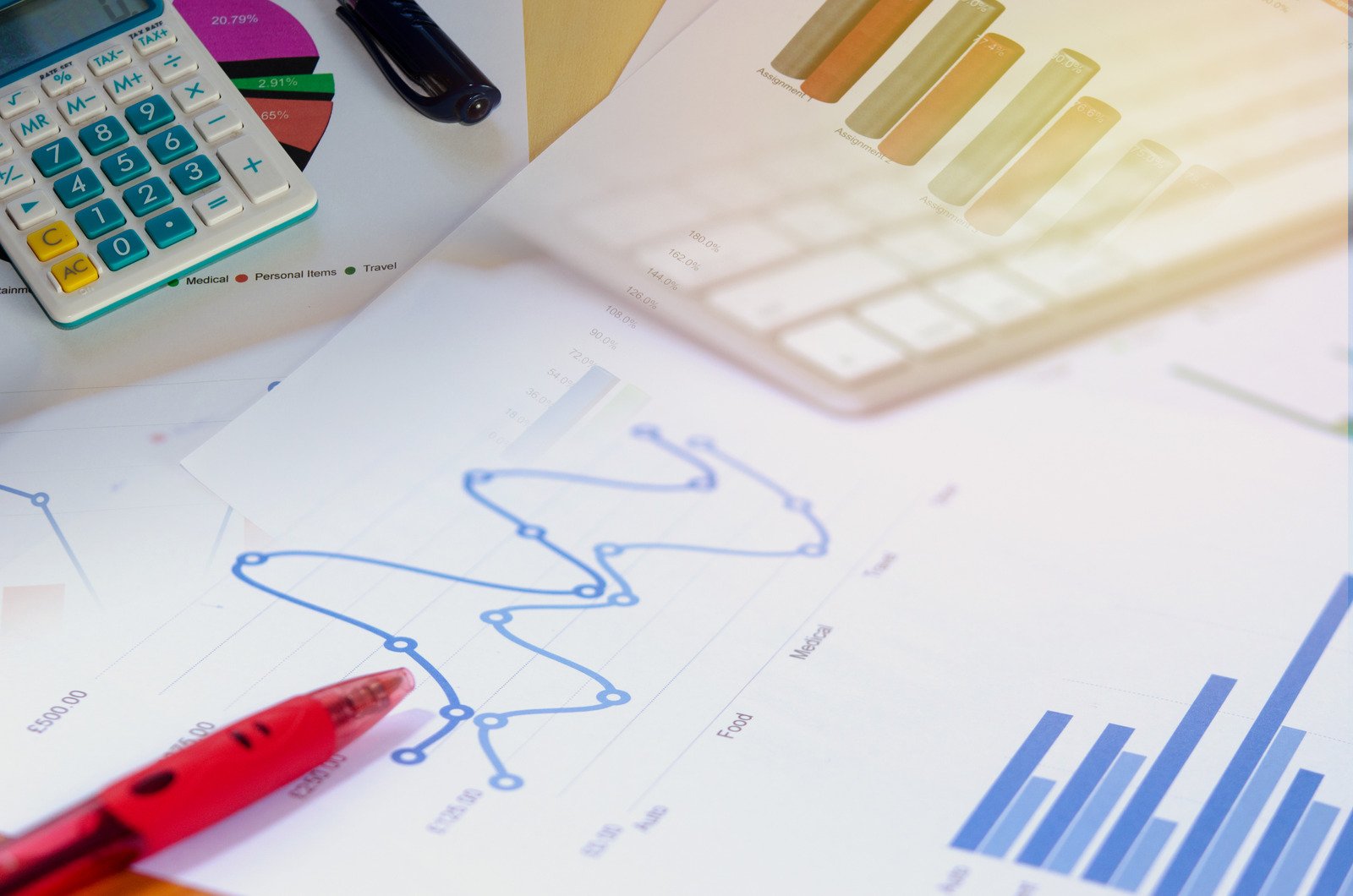Life is full of surprises—some wonderful, others not so much. A sudden job loss, a medical emergency, a car repair, or an unexpected travel expense can throw your finances into chaos if you’re not prepared. That’s where an emergency fund comes in.
An emergency fund is your personal financial safety net, designed to protect you when the unexpected happens. Yet many people either don’t have one or don’t know how to start. In this guide, we’ll break down the what, why, and how of emergency funds so you can build a financial buffer with confidence.
What Is an Emergency Fund?
An emergency fund is a stash of money set aside specifically for unplanned expenses. It’s not for vacations, impulse purchases, or even expected bills—this fund is your go-to reserve for true emergencies.
Think:
- Sudden medical bills
- Car or home repairs
- Job loss or pay cuts
- Urgent travel
- Emergency pet care
It should be easily accessible but separate from your everyday spending account. That way, you won’t be tempted to dip into it unless it’s truly needed.
Why You Absolutely Need One
1. Reduces Stress
Knowing you have a financial cushion can offer peace of mind. Emergencies are already stressful—worrying about how you’ll pay for them only adds pressure.
2. Avoids Debt
Without savings, emergencies often lead to credit card debt or loans, which come with interest and long-term financial strain. An emergency fund helps you stay afloat without digging a financial hole.
3. Provides Flexibility
Lost your job but found a better opportunity starting in a month? With an emergency fund, you don’t have to take the first offer that comes your way out of desperation. You can make better choices with financial breathing room.
How Much Should You Save?
This is one of the most common questions—and the answer depends on your lifestyle, expenses, and responsibilities. But here’s a general rule of thumb:
- Minimum: 3 months of essential expenses
- Ideal: 6 months of essential expenses
What counts as “essential expenses”?
These are your non-negotiables:
- Rent or mortgage
- Utilities
- Groceries
- Insurance
- Transportation
- Minimum debt payments
If you’re self-employed, have dependents, or work in an unstable industry, aim for closer to 6–12 months of coverage.
💡 Example:
If your essential monthly expenses are $2,000, you should aim for at least $6,000–$12,000 in your emergency fund.
How to Build an Emergency Fund: Step-by-Step
1. Set a Realistic Goal
Don’t let the idea of saving thousands overwhelm you. Start small and build gradually. If saving $10,000 sounds impossible right now, set your first goal at $500 or $1,000. That’s enough to cover most minor emergencies and start building confidence.
2. Create a Budget
Track your income and spending to find areas where you can cut back. Even $50–$100 a month adds up. Redirect that “found” money into your emergency fund.
3. Open a Separate Savings Account
Keep your emergency fund in its own high-yield savings account. This keeps the money safe, earns some interest, and reduces the temptation to spend it casually.
Look for an account with:
- No monthly fees
- Easy transfers
- Competitive interest rates
4. Automate Your Savings
Treat your emergency fund like a recurring bill. Set up an automatic transfer from your checking to your savings account each payday. Automation removes the decision-making and helps you stay consistent.
5. Use Windfalls Wisely
Tax refunds, bonuses, birthday money—these are golden opportunities to boost your emergency fund quickly. Instead of spending it all, stash a portion (or all!) into your savings.
6. Sell What You Don’t Need
Have unused electronics, clothes, or furniture? Sell them online and send the profits to your emergency fund. It’s a quick way to build momentum.
When Should You Use Your Emergency Fund?
Only dip into your emergency fund when it’s absolutely necessary. Ask yourself:
- Is this unexpected?
- Is this urgent?
- Is this essential?
If all three answers are yes, it’s likely an emergency.
Examples of acceptable uses:
- Emergency room visit
- Major car repair
- Sudden job loss
- Unforeseen travel for family crisis
Not emergencies:
- Holiday gifts
- New clothes
- Home decor
- Regular bills (unless you’ve lost income)
Use it wisely and replenish it as soon as possible after a withdrawal.
What If You’re Starting From Zero?
No worries. Everyone starts somewhere. Even saving $5 or $10 a week is a great beginning. The key is consistency and staying committed to your goal.
Here’s a quick plan for building your fund from scratch:
- Week 1–4: Save $10/week → $40
- Month 2: Increase to $15/week → $60
- Month 3: Add tax refund or bonus → +$500
- By Month 3: You’ve already saved $600
Keep scaling up as your financial situation improves.
Final Thoughts
An emergency fund isn’t just a financial tool—it’s a form of self-care and future-proofing. It empowers you to handle life’s curveballs with grace and confidence. Whether you’re just getting started or fine-tuning your financial plan, having a solid emergency fund is one of the smartest money moves you can make.
Remember: it’s not about saving a huge amount overnight. It’s about building a buffer, one step at a time, that helps you sleep better at night and stay strong through life’s unpredictable moments.




